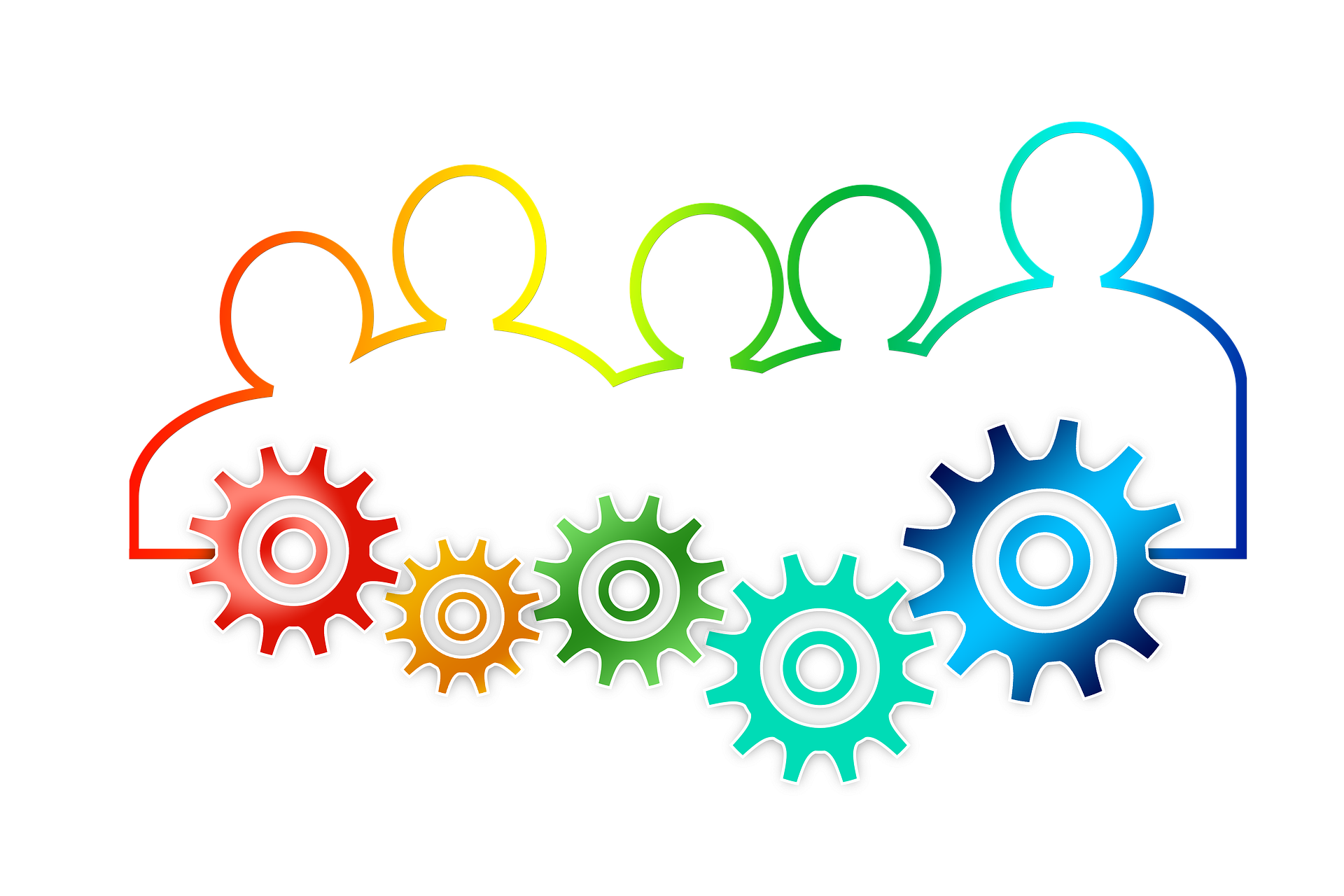Why Supplier Diversity Programs Fail — and Paths to Success

Supplier diversity, also referred to as inclusive procurement, is a disciplined approach for infusing a diverse slate of suppliers into your supply chain.
A supplier diversity practitioner is responsible for influencing colleagues to include diverse suppliers in bid opportunities without owning the companies, processes or reporting. In successful programs, these corporate warriors continually educate their stakeholders about the business value of diverse suppliers, what they do and why it matters.
Doing business with diverse suppliers can provide bottom-line impact as well as increase client satisfaction, introduce innovation, reduce costs and develop future clients. And yet, programs often fail to deliver results because of poor communication. Among the reasons such programs falter, and potential solutions:
There is no clear business imperative. Some leaders don’t understand how supplier diversity programs contribute to revenue goals. Many think it is a feel-good philanthropic initiative created to offer set-aside budgets or funds for small, minority-owned businesses and to provide goodwill. Others consider it is a community-aligned activity to build the firm’s reputation as a supporter of diversity.
Solution: To counter this confusion, supplier diversity needs to demonstrate revenue impact. If your supplier diversity program is not visibly contributing to the bottom line, revisit the business case and set measures that matter.
Only the glamour shows. Supplier diversity managers can appear to be corporate socialites by attending galas, receiving awards, being featured in trade magazines — and having extensive travel budgets, particularly in pre-coronavirus (COVID-19) pandemic times. These social soirees appear disconnected from day-to-day business operations.
Solution: Educate the organization about the responsibilities of managing a supplier diversity program — replacing the illusion of glamour with grit. Provide transparency, spotlight diverse suppliers who generate value, and discuss the ROI of supplier diversity.
No career path or required skills. The selection of a supplier diversity program’s leader is frequently not based on expertise in supplier diversity or transferable skills from procurement. As a result, the hire or promotion involves a novice, even if well-meaning and passionate about inclusion.
Solution: Select a seasoned supplier diversity professional with experience, industry knowledge and leadership skills. Supplier diversity is a skill-based function that requires a leader experienced in supplier management, relationship building, negotiation and influencing others. Institute for Supply Management® offers certification specifically geared to this subject, the Certified Professional in Supplier Diversity® (CPSD™).
It’s not a stretch assignment. Because the roles and responsibilities of a supplier diversity leader are not well understood, it is assumed that running a supplier diversity program can be done in addition to a day job. Some supplier diversity managers also fill such roles as category management and many have no support staff.
Solution: Effective programs need SMART (specific, measurable, actionable, revenue-based, and time-bound) goals and dedicated resources. Clarifying what is expected allows management to understand the time requirements, staffing support and deliverables.
Not part of the team. Supplier diversity leaders are often considered facilitators that coordinate efforts of other areas and not contributors who roll up their sleeves and work. They are not seen as an integral part of procurement.
Solution: Supplier diversity professionals must be in the procurement organization, involved in strategy and policy, and jointly accountable for results. While these professionals typically don’t oversee suppliers or processes, they are instrumental in the department’s success and should have shared and aligned goals.
Where’s the plan? Frequently, supplier diversity programs are not held to the same standards as other business units, with multiyear strategic plans including revenue targets and measurable bottom-line contributions. Some programs set their goals as (1) attending events or supplier meetings and (2) maintaining diversity spend.
Solution: Create a roadmap that shows the targets — and details the steps and resources needed to get there. Stakeholders need to be on board, agree to provide support, identify integration points and understand the value.
The key to building a successful supplier diversity program is transparency and accountability. Colleagues need to understand the role of the supplier diversity leader, welcome them to the team and recognize the program’s business value. Using stories and examples helps showcase the results delivered by diverse suppliers. Once others within the organization see this value, they will be more supportive.
Successful supplier diversity programs are fact-based and have a clear strategy. They present procurement with a slate of qualified diverse supplier companies to be part of bid processes. They recognize that diverse suppliers can help their organization stay ahead of the competition by generating ideas and approaches that create competition for incumbent suppliers. In this environment, a diverse supplier wins a bid because it proved it can do the job best and be a true collaborator.
The magic of supplier diversity is not just through increasing diversity spend; it happens when innovation is stimulated and incumbent suppliers are challenged to up their game, ultimately delivering results that strengthen businesses. Successful procurement organizations recognize the business value of supplier diversity.



